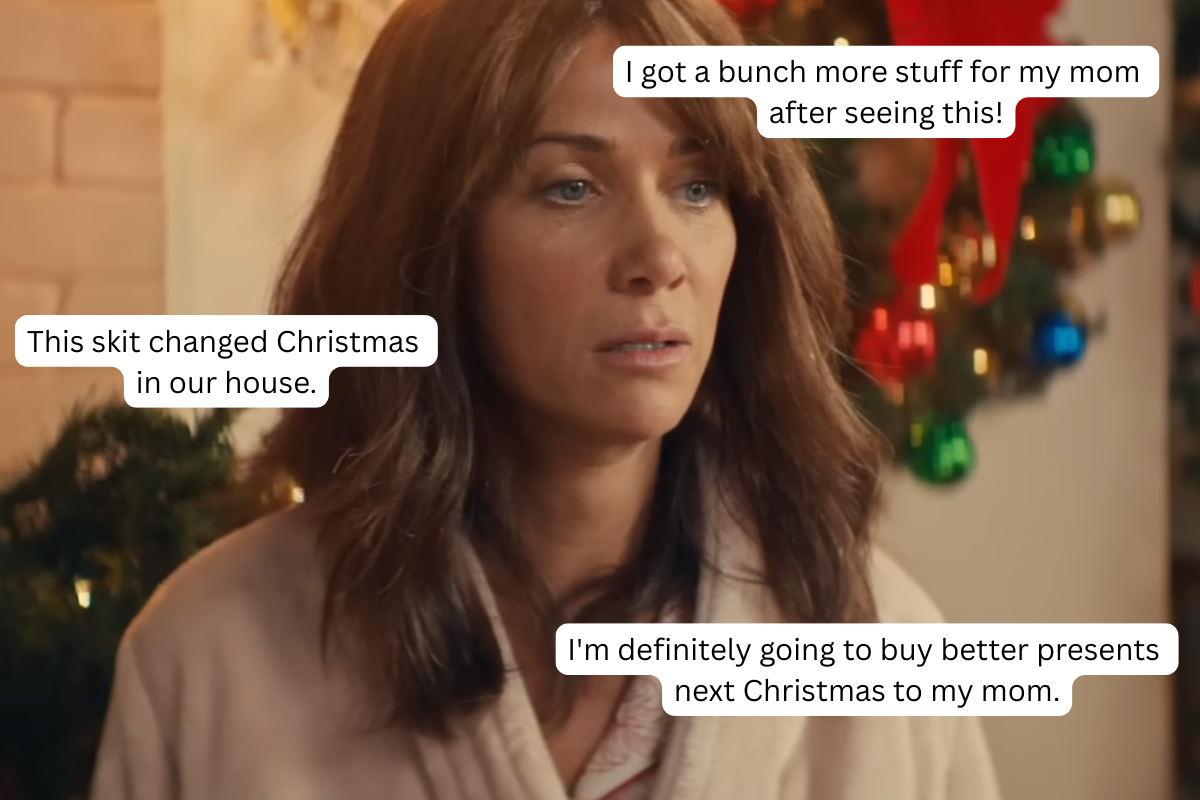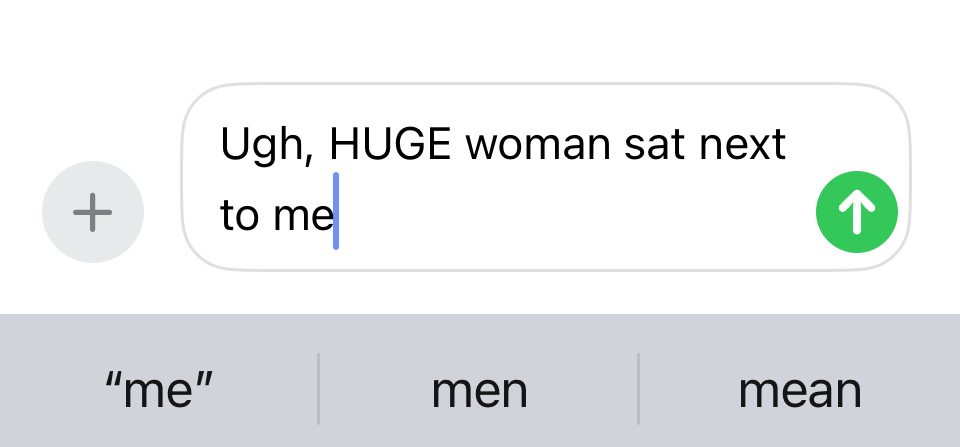There's a reason so many people love 'Somewhere Over the Rainbow.' A songwriting expert reveals it.
A composer breaks down a simple but fascinating interplay that made this song a classic.
Why did "Somewhere Over the Rainbow" get into our hearts and stay there?
It's not hard to see why "The Wizard of Oz" was a smash hit back in the day. It was one of the first films to use color and had major star power with a young Judy Garland.
But one of the movie's most iconic moments is more about sound than sight, and we're about to look at this song in a way you probably never thought of before.
Get ready for four new revelations about one old song.
"Words make you think thoughts, music makes you feel a feeling, but a song makes you feel a thought."
One man can tell us why this song wedged itself deep in our collective psyches.
This is Rob Kapilow, composer and explainer of deep musical secrets. His gesture is practically inviting us to enter his mysterious world of composer-y know-how. How can we resist? (Image by Peter Schaaf, used with permission.)
PBS Newshour's Jeffrey Brown interviewed Rob Kapilow, a composer who developed a program called "What Makes It Great," which explains why musical pieces effect the responses they do. Why does this song tug at our heartstrings?
1. Kapilow says it just comes down really to two notes at the beginning and then two musical concepts that repeat through the melody.
It's a real "aha" moment:
Jeffrey Brown: "'Over the Rainbow,' right, one of the most — everybody knows this song, but why? What makes us know this song?"
Rob Kapilow, composer: "You know, amazingly, the answer to that starts with the very first two notes. In this famous opening idea, there's really only two ideas. One of them, I call 'leap.' The other one, I call 'circle and yearn.' And it's important."
These are those two opening notes he's talking about (from 0:11-0:15):
2. Then Kapilow goes into more details about the concept of the "leaps" and "circle/yearn."
Those two notes you just listened to were the first example of the leaps. That first one was the biggest. Low ("some") to high ("WHERE"). Those leaps get progressively smaller the next two times — on "way UP" and then again on "there's A." You're singing those to yourself right now, aren't you?
The circle/yearn part is explained as if the low note (a low C) represents her feeling stuck in Kansas and the high note (a high C) represents her belief in a more wondrous place:
Kapilow: "So, you start on a note, you circle back to it, and then you yearn. That's it, circle and yearn. Now, there are three [instances in the verse]…"
Brown: "And the question is, what are we — what is she — yearning for? And at the end, we realize, right?"
Kapilow: " Yes, exactly. She's yearning for high C. She's yearning for high C."
3. Now Kapilow explains the crucial moment in the song where its original composer, Harold Arlen, captured the sense of longing.
Kapilow: "Now, it's really the harmony that makes it so exquisite. You know, Yip Harburg called this a song of yearning. So, here's what she's yearning about. He could easily have written kind of a cheery accompaniment to 'way up high,' like this."
To understand what he means, you really have to hear it — watch the part at 2:50, because it would have absolutely changed the whole feeling of the song.
It's clear that cheery would never do in this context, so the notes Arlen chose really sealed our fate — we were destined to love and relate to this bittersweet song.
4. And then Kapilow goes on to explain how the final leap at the end signifies Dorothy's transformation — which is worth sharing with all your "Wizard of Oz"-loving friends.
He says that the final notes are what brings her to Oz (in her heart) after the wistful circling and yearning in the entire song. He notes how the final line — the part with "happy little blue birds fly" — mimics the melody of the B section ("troubles melt like lemon drops") instead of closing out with the main melody.
Kapilow: "She would have been home, but she would never have gone to Oz. In a beautiful moment — and this is a fantastic moment — Arlen decides to bring back the middle of the song, but in the orchestra. There's a beautiful quote from Yip Harburg, who wrote the words. He said, 'Words make you think thoughts, music makes you feel a feeling, but a song makes you feel a thought.' And you can feel her thinking. Just the orchestra. Then she comes back, just like in the B section, 'If happy little blue birds fly.'"
Judy Garland (singing): "If happy little blue birds fly beyond the rainbow, why, oh, why can't I?"
Kapilow: "One last rise. 'Why, oh, why,' and where does she finally get to? Oz. From low C to high C, from Kansas to Oz, from reality to fantasy, and her transformation is complete."
Dorothy's song is the first fortuitous sign we get as the movie is getting started that says:
"Hey — this person is going somewhere unimaginable that will change her in wonderful ways."
Maybe that's why we all love it. We all want that for ourselves, too.
If you enjoyed this new way to look at an old song, maybe your Oz-loving (or music-obsessed) friends will, too.




 It's sweet when they make you a "cheer up" card, but it shouldn't be happening all the time. Photo by
It's sweet when they make you a "cheer up" card, but it shouldn't be happening all the time. Photo by 


 A representative image of a text.via Tod Perry
A representative image of a text.via Tod Perry